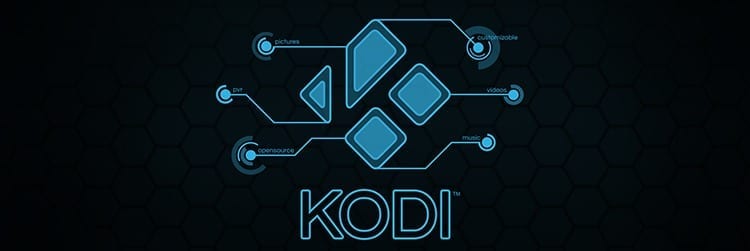It's been two years since rumors began to emerge about a new Google project. The company would be creating a new operating system. Mobile? Desktop? At that time it was unknown.
Now we know that the project that Google was working on was Fuchsia OS, a new operating system that seems to have as its objective the delete the other Google OS.

What is Fuchsia OS
It seems that Fuchsia OS is an operating system focused on unifying Android and Chrome OS. A new stage in the ecosystem of the technological giant that aims to bring all its users to the same operating system.
The company is working in parallel with Android on this new operating system. It would work on both mobile devices and computers, so you would have to forget about difficult synchronization processes and adaptations to different systems. With the arrival of Fuchsia you could enjoy a single system for everything. The unification that is long awaited, but that no company has jumped headlong into the pool to achieve.
This new system would be developed completely from scratch. Both Android and Chrome use the Linux kernel for their development. But Google wanted to make it clear that this new system is not Linux, and defines Fuchsia as “capability-based modular.”
Due to the development of its own kernel, Google makes a 180-degree turn to the way it has been working for all these years with respect to its OS. This new kernel is called Zircon. The developer community will be essential for this system to take off.

But do not spread panic. An important fact is that Android applications will be compatible with Fuchsia OS, something very important and that will allow the system to have a large ecosystem of applications from its beginnings. And this is not a rumor since this information appears in the system's source code, which is published by Google.
What is a modular operating system?
Google has indicated that it is a modular system. What does that mean? Basically, it is that components can be added to the system in order to adapt it to the different existing devices, such as IoT, smartwatches, mobile phones, laptops and even televisions. In this way, it is not necessary to develop any other version of the system, simply add small modules so that it can be compatible with other devices.
How to try Fuchsia OS
There is still a long way to go before this modular system can be seen on the market. However, they have already begun perform tests on Pixelbook, the Google laptop with Chromebook. In addition, other devices have also been able to enjoy a preview of this system. However, a developer wanted bring the Fuchsia OS experience to all users.
To bring this new system closer to Internet users, the developer mgoulao has created a website where everyone can enjoy the Fuchsia interface from their browser, no matter what device they connect from.
This graphical system interface, called Armadillo, can be tested from web browsers, although it is not finalized. At the moment only the option works Guest, which allows guest access to the interface. In it you can see different widgets and options that allow you to activate and deactivate functions such as WiFi, location, airplane mode and more, all of them virtual.
None of the functions currently on the screen actually work. It is only a mockup in which you can enjoy the appearance of the system, as well as being able to see some of the animations used in it.
It is curious how the appearance of the interface is reminiscent of the Material Design that Google standardized for its operating system –and that all the apps that want to be part of the Android ecosystem have to follow– combined with the look and feel of Chrome OS.
If you would like to try the Fuchsia interface on your own All you have to do is access the website that has been developed for that purpose. Just click on this link to see the website where the application has been uploaded. Fuchsia demo.

I have been glued to a monitor since a PC fell into my hands in 1997. Now I like to write about everything related to them.
Content writer. Graphic Designer and Search Engine Optimization





